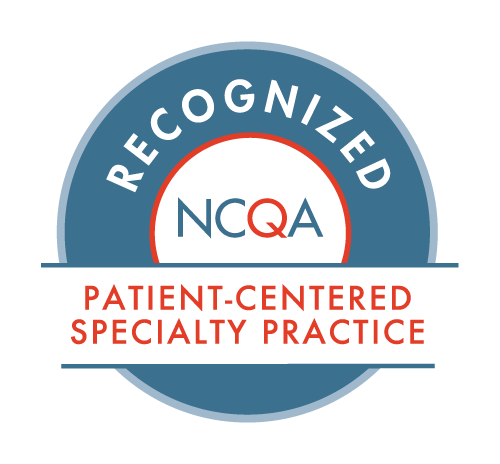Cardiac Catheterization
- Posted on: Dec 15 2018
At Hunterdon Cardiovascular Associates, we use cardiac catheterization to diagnose and treat cardiovascular conditions. While this procedure is typically done by entering through an artery in the patient’s groin, our Hunterdon interventional cardiologists prefer to use the transradial approach, which enters through an artery in the wrist. This method shortens the patient’s hospital stay and reduces the risk of bleeding complications. At Hunterdon, we perform far more transradial approaches for our cardiac catheterizations than the national average.
What is cardiac catheterization?
Sometimes called an angiogram, cardiac catheterization involves inserting a long tube, known as a catheter, into an artery and threading it through that blood vessel to the patient’s heart. The catheter then allows our doctors to perform diagnostic tests and some heart disease treatments.
What diagnostics can be done with this procedure?
A cardiac catheterization with the Hunterdon team can help us:
- Locate blockages/narrowing in your blood vessels
- Measure pressure and oxygen levels in different parts of your heart
- Check the pumping ability of your heart
- Check for problems with the heart valves
- Diagnose congenital heart defects
What treatments involve cardiac catheterization?
- Angioplasty — Through the catheter a tiny balloon is inserted and expanded to widen the narrowed artery. This usually also involves placing a stent to keep the artery open.
- Repair or replacement of heart valves — In certain cases, catheterization allows us to repair or replace a leaking or narrowed heart valve.
- Closing holes or fixing defects — If a congenital heart defect involves a hole in the heart, we may be able to use the catheter to close it, in lieu of open-heart surgery.
- Balloon valvuloplasty — Similar to an angioplasty, except the balloon is used to open a narrowed heart valve.
- Heart arrhythmia treatment — We can destroy the heart tissue that is sending incorrect electrical signals by using a catheter that delivers radiofrequency energy, laser energy, or nitrous oxide.
- Closing an upper chamber to prevent blood clots — If a patient has irregular heart rhythms, we can use the catheter to close off an area of the heart that is prone to developing blood clots, the left atrial appendage.
- Alcohol septal ablation — If a patient has abnormal thickening in the heart muscle we can inject alcohol through the catheter into the muscle. This causes it to shrink.
If your doctor has requested a cardiac catheterization, trust the interventional cardiologists at Hunterdon Cardiovascular Associates. Call to set up your appointment, (908) 788-1710.
Posted in: Cardiac/Peripheral Vascular Catheterizations



